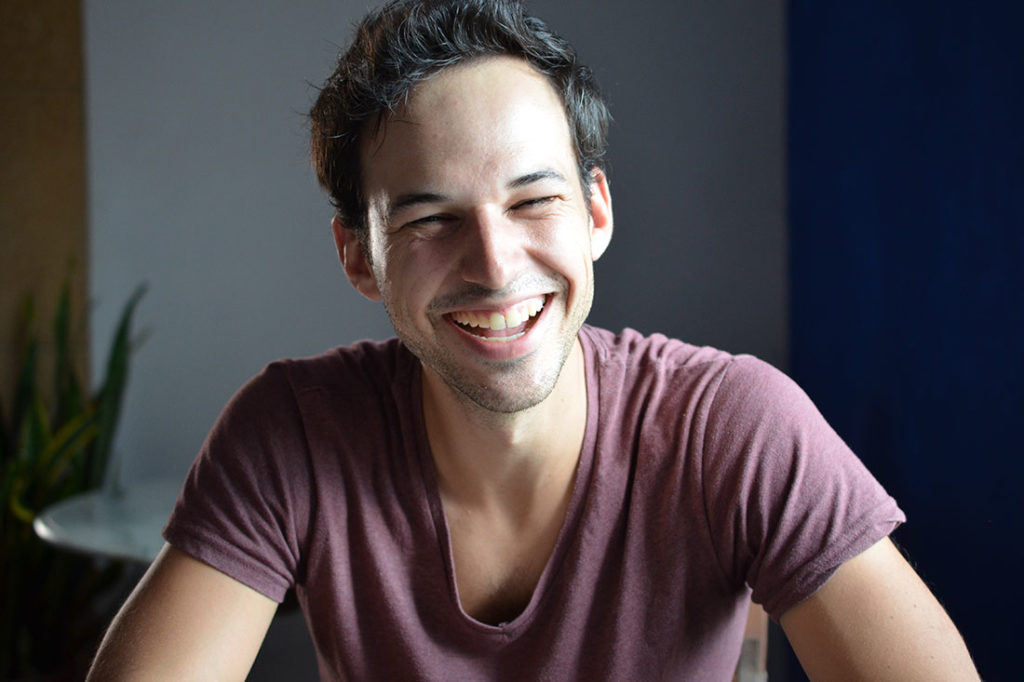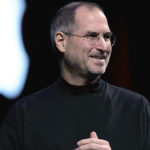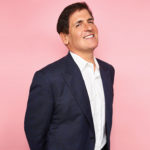Elon Musk has established a reputation as someone unafraid to make controversial statements. Because he’s accomplished so much in the worlds of business and science—and because he’s frequently in front of cameras and microphones—plenty of people have studied his public statements, parsing for lessons about innovative insights or corporate leadership or financial acumen. Sometimes he’s brash, harsh or awkward. Sometimes he’s insensitive or inflammatory. Much less discussed, though, is Musk’s particular, dry sense of humor—and how he’s used different kinds of jokes over the years to both engage the public and build his various companies.
Here are a few ways Musk has employed his distinctive brand of wry wit.
Subvert expectations.
At a 2016 launch event, Musk unveiled to the world the highly anticipated $35,000 Tesla Model 3, the first Tesla that an average middleclass American family might be able to afford. After rattling off performance stats for the enthusiastic audience—like the fact that the Model 3 can go from 0 to 60 miles per hour in under six seconds—he asked the crowd if they wanted to see the car. There were loud roars.
Musk put his hands together and apologized: “We don’t have it for you tonight,” he said with a straight face. The audience let out a collective sigh. Then Musk announced with a grin, “I’m just kidding!” and brought out the car.
The cheers were even louder than before.
Deploy copious sarcasm.
After making more than $100 million from the sale of PayPal and deciding to start a private space company, a lot of people asked Musk why he’d pour his wealth into what seemed like such an impossibly expensive endeavor. He answered the question on the TED stage in 2014.
“Did you hear the joke about the guy who made a small fortune in the space industry?” Musk quipped. “‘He started with a large one,’ is the punchline. So I tell people I was trying to figure out the fastest way to turn a large fortune into a small one.”
Feel free to be punny.
Musk was stuck in Los Angeles traffic one morning and sent out a series of tweets complaining about it. He said he wished he could create a business that dug giant tunnels through the earth, to avoid traffic jams completely. He jokingly declared that he would name such a business “The Boring Company.” They’d dig, and it’d be called boring—get it? But what started as a joke eventually became what Musk has called a “hobby company.” The Boring Company dug a mile-long hole near its headquarters in Southern California and already has a contract to dig an extended tunnel under Las Vegas. All that from a simple pun.
Let the joke be the message.
During a 2017 interview with writer Neil Strauss from Rolling Stone, Musk had a framed poster up on his office wall. Designed a like one of those inspirational posters that used to be ubiquitous in corporate environments, this piece of art probably epitomizes Musk’s sense of humor better than anything else. The image is a shooting star, but underneath it reads: “When you wish upon a falling star, your dreams can come true. Unless it’s really a meteor hurtling to the Earth which will destroy all life. Then you’re pretty much hosed, no matter what you wish for. Unless it’s death by meteorite.”
Strauss noted that the poster wasn’t merely a dark joke. “It’s also a reminder of Musk’s master plan: to create habitats for humanity on other planets and moons.”
Don’t underestimate understatement.
When Tesla finally released its Model X to the public, it was famously more than two years later than originally promised. This meant that not only had early purchasers been clamoring about the money they’d already turned over to the company, but investors and analysts worried that Tesla might not be viable as a business, that it might in fact be some elaborate sham. When asked in interviews or presentations about the long delays, Musk would reply glibly.
“Well,” he’d say, “I do have an issue with punctuality.”
As Tesla was expanding at the end of the last decade, Musk was asked about what the company was going to do to meet the massive new demand they expected for parts and service. With an utterly emotionless expression, he explained: “Well I guess we’re going to hire a lot of people in service and get lots of parts.”
Paint a picture with words.
While explaining why SpaceX, Musk’s rocket company, would want to land the most expensive parts of the rockets precisely and safely back on Earth for re-use—as opposed to splashing into the ocean and splintering into bits—Musk has often resorted to the same metaphor. He’s said that portion of the rocket costs somewhere around $30-35 million. “I tell my team to imagine there was a pallet of cash that was vomiting through the atmosphere and it was going to burn up and smash into tiny pieces,” Musk has said. “Would you save it? Probably yes. That sounds like a good idea.”
Say it with space props.
When SpaceX launched its Falcon Heavy rocket, capable of carrying a large amount of cargo into space, the company needed something to demonstrate the carrying capabilities. Musk decided to load his personal red Tesla Roadster, replete with a dummy driver in a space suit. In the glove compartment, Musk put a copy of his favorite novel, The Hitchhiker’s Guide to the Galaxy. On the car’s dashboard was a sign that referenced to one of the book’s most famous lines. The sign read simply “DON’T PANIC!”
Read next: Visionary Lessons From Elon Musk
Photo by @sboudhabhay1/Twenty20.com










